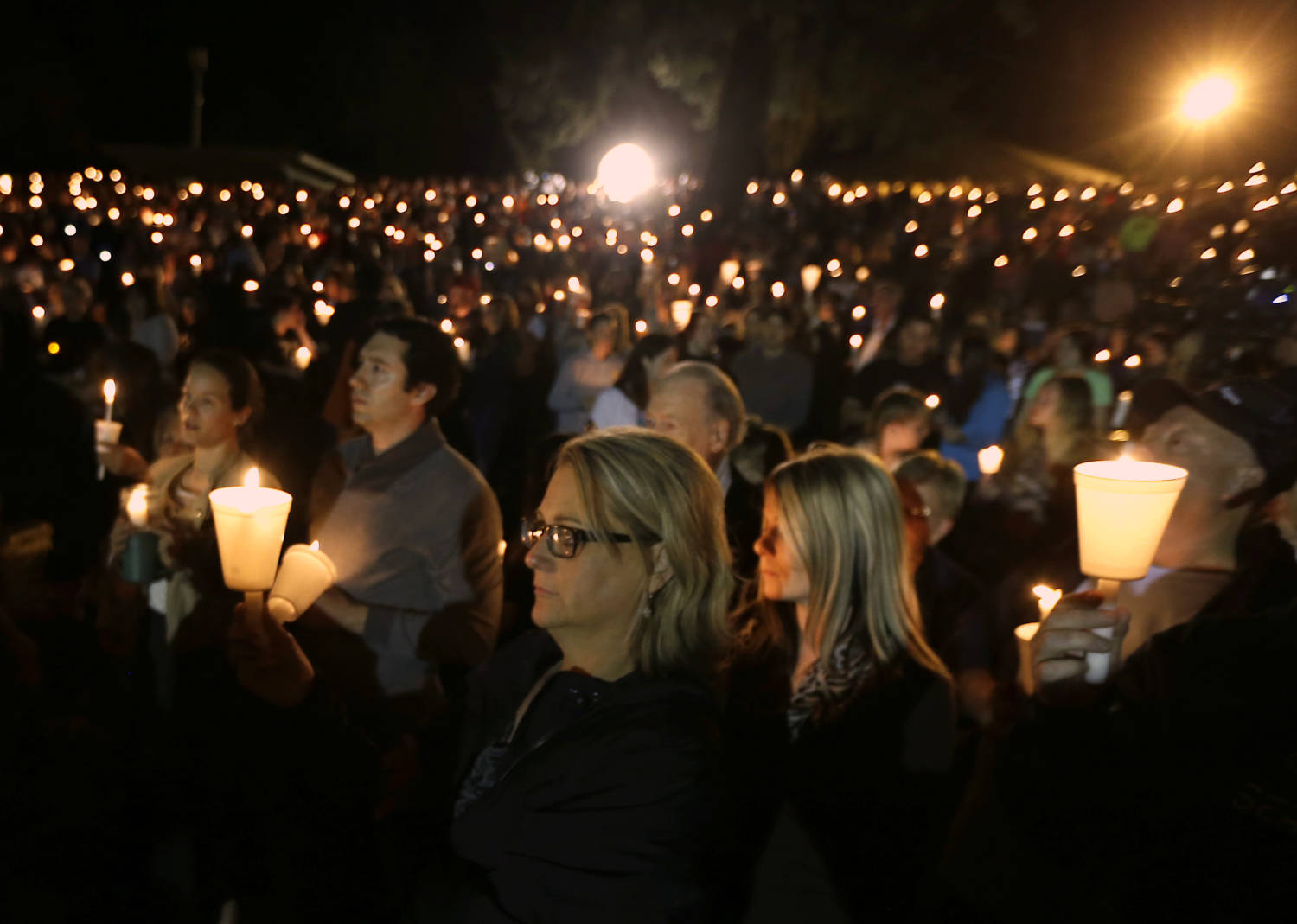Last October, Nicole Dahmen and Lori Shontz watched as their current and former students mobilized to cover a school shooting less than 80 miles away.
While Roseburg, Oregon flooded with local and national journalists, they asked themselves a question: What was their responsibility, as journalism educators, to look at how journalists cover gun violence and inform their communities? What responsibilities did those journalists have?
Dahmen, an assistant professor, and Shontz, a journalism instructor at the University of Oregon’s School of Journalism and Communication, spent the past year collecting answers to those question.
Their multimedia project, Reporting Roseburg, offers a place where students, educators and professionals can explore how 19 Oregon-based journalists responded to the breaking news, how they covered it, how they dealt with ethical challenges and more.
“This project doesn’t advocate for any one approach or any one perspective,” Dahmen said. “This is 19 journalists talking about their day, their reporting process, their emotional reactions, what they learned.”
Journalists mostly learn by doing, Shontz said. But she and Dahmen wanted to offer a tool for covering gun violence, a preparation process and a framework for thinking through the issues that go beyond breaking news.
The two collected more than 30 hours of footage for “Reporting Roseburg,” which they edited down to fit 12 categories, including social media, local vs. national coverage and reporting on shooters. The journalists involved include students who worked as stringers, people from area radio, TV and print outlets and an Oregon-based reporter for The Washington Post.
Those perspectives, Shontz said, offer a wide range of nuance.
“I think that sometimes people look at media coverage and they simplify it down,” she said. “They don’t know what goes into the front end of it.”
What the two found in their interviews were thoughtful professionals who jumped into action when they had to. But they don’t often get the time to reflect on their work or what it means after. And time to reflect on what they did and how they did it is something they all needed, Shontz said.
“These journalists are not only capable of it, they are eloquent and smart,” she said. “I think newsrooms would highly benefit from incorporating this into their coverage plan.”
Both instructors will use “Reporting Roseburg” in their classes this semester. Shontz doesn’t expect people to watch each video in each topic area from start to finish. Instead, she hopes people will click on the area that interests them when they have the time. She also hopes it can be an opportunity for people who don’t work in journalism to better understand what reporters do.
“I think it’s impossible to watch and listen to the journalists discuss what they did that day and think of the media as an unfeeling monolith,” she said. “You can’t just be like ‘media equals evil’ after you watch this.”
Both Shontz and Dahmen will continue the work that started almost a year ago. Next, Dahmen will examine findings from a national survey she conducted about how journalists view coverage of mass shootings. Shontz will look into what it means for a community to be the focus of the news, comparing Roseburg to Springfield, Oregon, where a school shooting took place in 1998.
“I have no idea what we’re going to find,” Shontz said. “I hope and I suspect that it will be nuanced and thoughtful and give a broader perspective as well.







